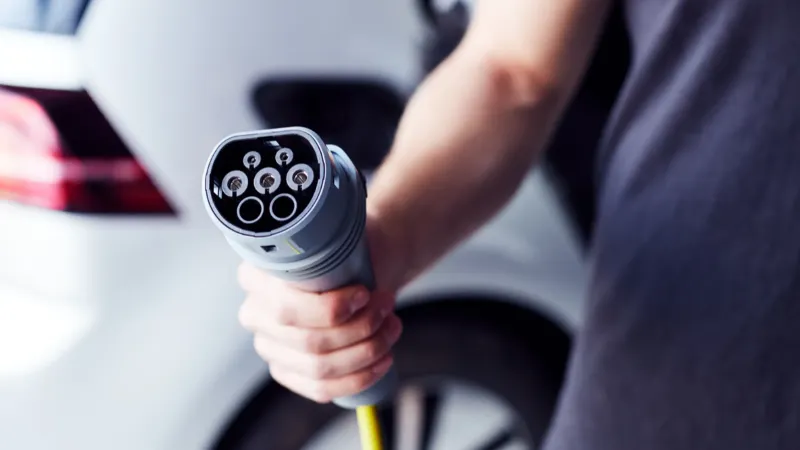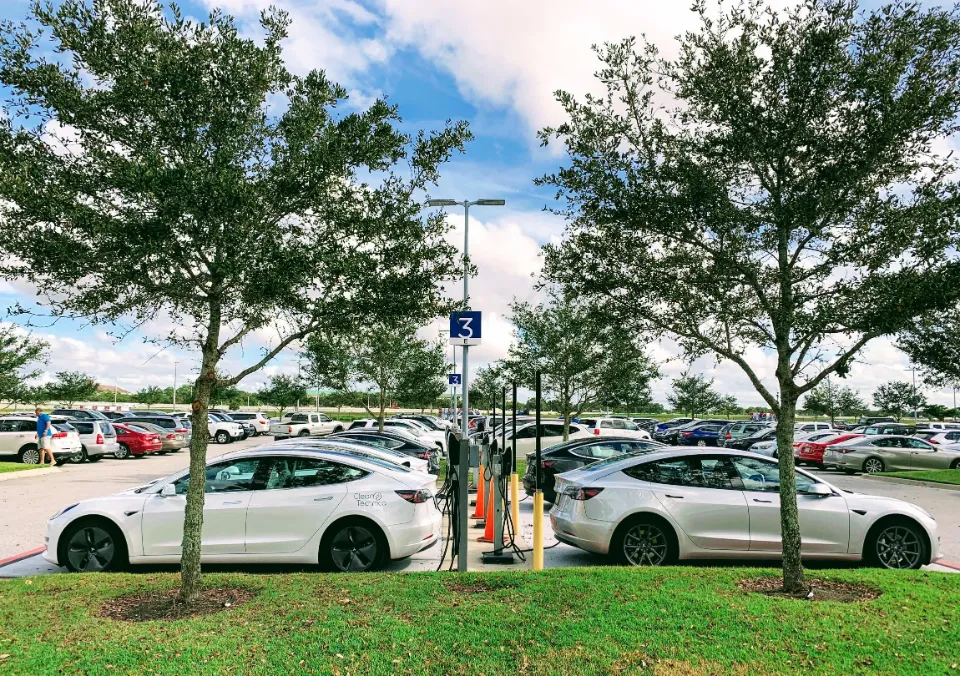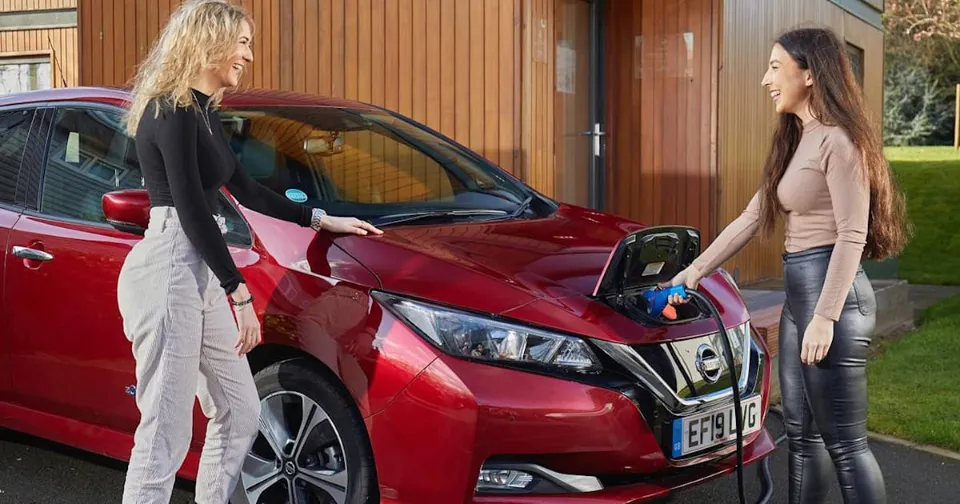So, do all electric vehicle chargers fit all cars? In summary, all electric car brands sold in North America come equipped with an appropriate adapter or use the same standard plugs for Level 1 and Level 2 charging.
To charge an EV faster (Level 3 Charging), various EV brands adhere to various standards. For instance, Tesla has a network of Tesla Superchargers and its own proprietary charging system. More on this will be covered later.
Please read on.
Are All EV Chargers the Same?
The good news is that most EV chargers are available worldwide.
Level 1 Charging (120-volt AC)
A typical electrical outlet can be used to plug in Level 1 chargers because they use a 120-volt AC plug. A Level 1 EVSE cable, which has a standard J1722 connector for the vehicle and a three-prong household plug on one end, can be used to complete the task. Depending on the size and condition of the battery, charging at a 120V AC plug can range from 1.4kW to 3kW and take 8 to 12 hours.
Level 2 Charging (240-volt AC)
Public charging is the term used most often to describe level 2 charging. The majority of Level 2 chargers can be found in residential areas, public parking lots, places of employment, and business settings, unless you have a setup for such equipment at home. Installed level 2 chargers provide 240V AC plug charging and are required. Depending on battery capacity, charging typically takes 1 to 11 hours at a charging rate of 7 to 22 kW using a Type 2 connector. For instance, the KIA e-Niro, which has a 64kW battery and a 7.2kW onboard Type 2 charger, is estimated to take 9 hours to fully charge.
DC Fast Charging (Level 3 Charging)
The quickest way to charge an electric vehicle is with Level 3 charging. Level 3 chargers can also be found in any significant densely populated areas, despite possibly not being as common as Level 2 chargers. Unlike Level 2 charging, some EVs may not be compatible with Level 3 charging. Installation is necessary for level 3 chargers, which provide 480V AC or DC plug charging. With a CHAdeMO or CCS connector and a charging rate of 43kW to 100+kW, charging times can range from 20 minutes to an hour. The charging stations are tethered with connectors for both Level 2 and Level 3 chargers.
As it is with every device that needs charging, your car batteries will decrease in efficiency with every charge. With proper care, car batteries can last for more than five years! However, if you use your car frequently under typical circumstances, it would be wise to replace it after three years. Most automobile batteries won’t be as dependable after this point and may present a number of safety risks.
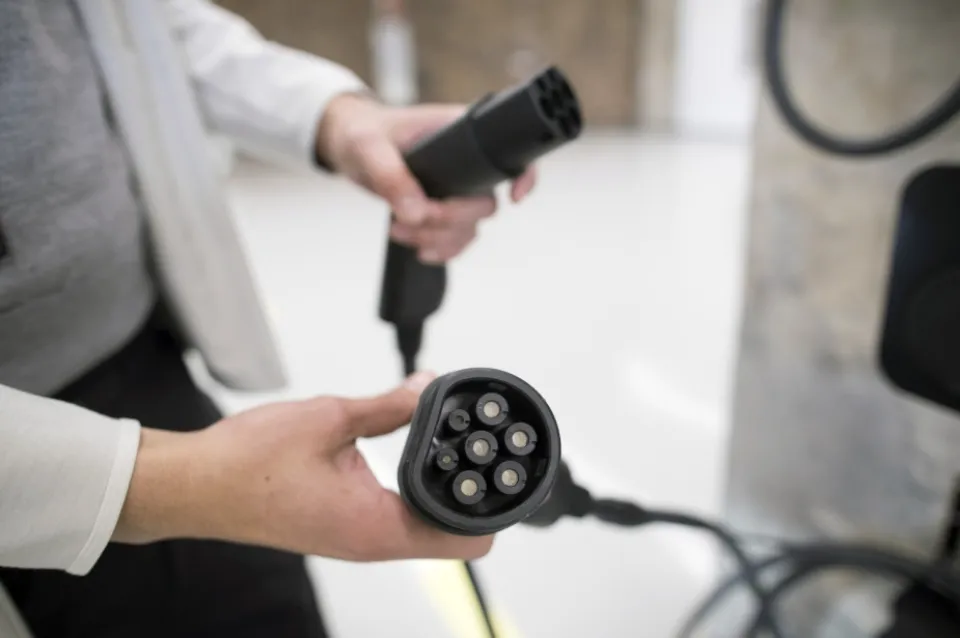
Types of Electric Car Plug
Two types of plugs for AC (alternating current) charging
Type 1 plug
For electric vehicles from America and Asia, the type 1 plug is a single-phase industry standard. It allows you to charge your car at a charging power level up to 7.4 kW.
Type 2 plug
Triple-phase Type 2 plugs are regarded as the industry standard. It just makes your car run faster with three more wires for current to flow through. Up to 22 kW of charging power can be used in private spaces and up to 43 kW can be used at public charging stations. The majority of public charging stations have a type 2 socket. Electric vehicles can be charged using both type 1 and type 2 plugs, and all mode 3 charging cables can be used with this.
two types of plugs for DC (direct current) charging
Type 2 Combo (Combined Charging System, or CCS)
The CCS plug is a five-pin plug that is an improved version of the Type 2 plug. It has two extra power contacts for fast charging and supports charging power levels of up to 170 kW from both AC and DC sources. In reality, the number is typically in the range of 50 kW.
CHAdeMO Plug
Fast-charging stations use CHAdeMO plugs, which are 10-pin plugs. They are called Level 3 chargers that are capable of supplying up to 50 kW of power with a current that can reach 125A. At the right public charging stations, this quick charging system enables charging capacities of up to 50 kW.
How Do the Three Different Levels Impact Charging Time?
There are three charging levels, and each one has a different speed. Level 1 chargers plug into any common electrical outlet using a 120-volt AC plug. A Level 1 EVSE cable is required. It should have a J1722 connector for the vehicle on one end and a typical three-prong household plug on the other. It can take anywhere between 8 and 12 hours to charge. In general, only public stations have Level 2 chargers, which plug in at 240 volts AC. The charging time varies from 1 to 11 hours and depends on the battery capacity and charging rate, which ranges from 7 kW to 22 kW per hour.
Level 3 uses 480-volt AC or DC plugs and is the fastest level. Depending on the rate, between 43kW and 100+kW, charging can be completed in 20 minutes to an hour using a CHAdeMO or CCS connector. Typically, a Tesla Supercharger takes 15 minutes to fully recharge the battery.
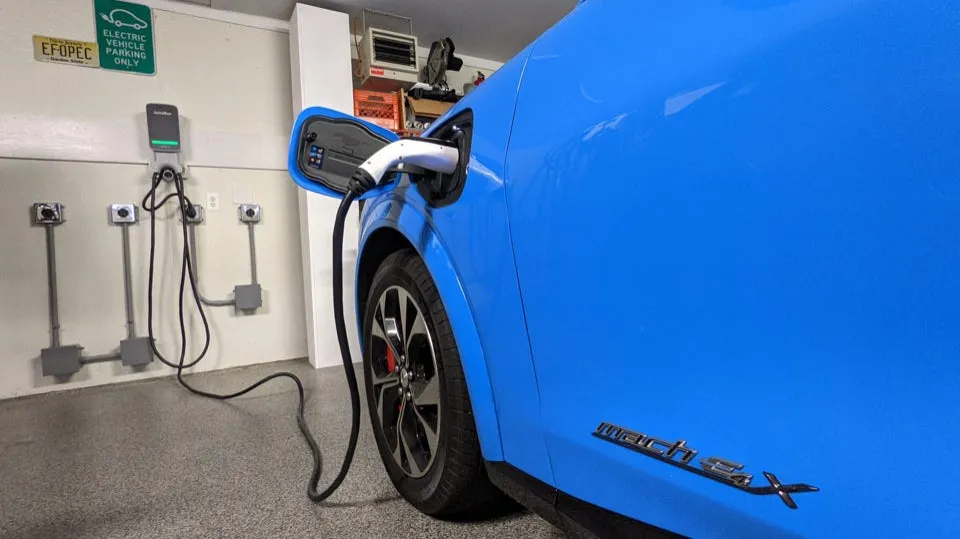
What is a Tesla Supercharger?
Tesla is the runaway leader in the electric vehicle market. The Tesla Model 3, a more affordable model from the groundbreaking auto house headed up by Elon Musk, has become the best-selling electric vehicle in the world. This is largely attributable to the Model 3’s affordable price point (in comparison to Tesla’s previous best-seller, the Model S), as well as the company’s efforts to position itself as the EV market leader.
Despite the fact that traditional automobile producers like Ford and Nissan are currently producing electric vehicle models at even lower prices. However, some of the premium features offered by the Tesla, like its well-known autopilot mode, keep the Model 3 in a class apart from its rivals. Due to this, Tesla still has a significant impact on the market for electric vehicles.
In addition to providing some of the best-selling electric vehicles on the market, Tesla manufactures its own brand of charging stations, called Tesla Superchargers. These Superchargers are installed along popular driving routes throughout the world. As of 2019, Tesla has over 9,000 Superchargers across Asia, the Middle East, Europe, and North America.
With the help of a supercharger, you can charge an EV very quickly. In other words, it takes them roughly 20 minutes to charge your battery halfway and 75 minutes to charge it fully. Numerous of these superchargers are situated at supercharging stations, which are similar to contemporary gas stations. These locations are frequently close to shops and coffee shops so you can run errands or unwind while your car charges.
In 2019, Tesla opened its first V3 Supercharging Station in Las Vegas. This is a big and exciting development, as this new type of Supercharger enables drivers to charge their vehicles in about half the time of a V2 Supercharging Station – if not less. It is hoped that the addition of these new charging facilities will reduce Tesla drivers’ wait times and further the industry’s trend toward faster charging times.
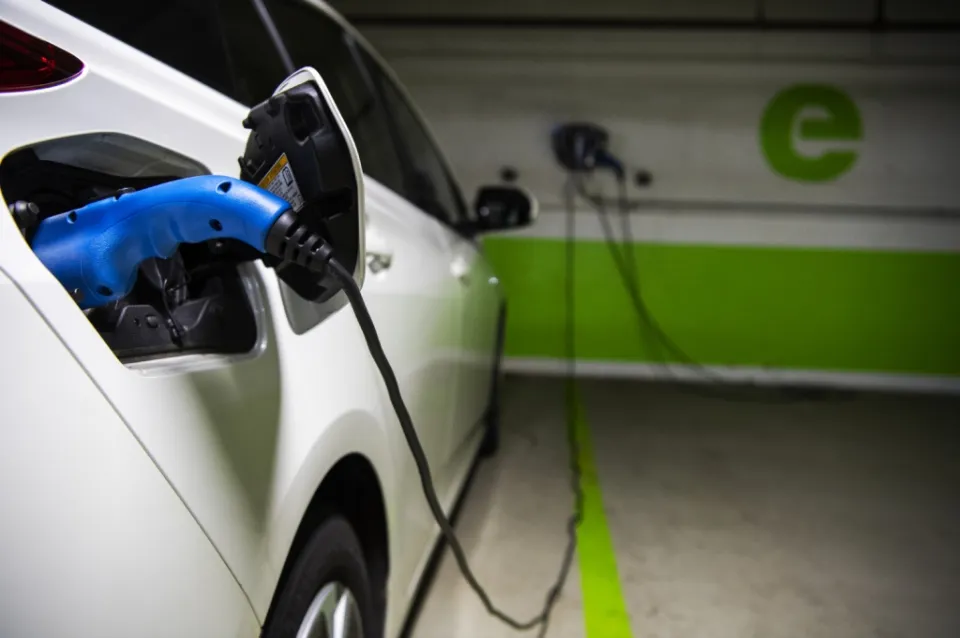
Can I Charge a Non-Tesla Vehicle at a Supercharger?
Tesla, of course, is not the only electric vehicle on the market. There are indications that automakers are starting to standardize the charging ports and plugs as the electric vehicle market continues to develop, allowing any EV to be charged at any station just like a traditional gas-powered vehicle.
However, we still have a ways to go. You must know what kind of charging port your car needs and what kinds of charging stations will meet your needs if you own an electric car.
This is changing quickly, and Tesla’s external charger, or EVSE (electric vehicle supply equipment) is expected to support non-Tesla vehicles in the near future.
Can I Charge My Tesla Without a Supercharger?
Tesla also offers a home charging station (level 2 charging) that enables convenient overnight charging of your car from your own garage. You can also charge from a normal 120-volt electrical outlet.
Every Tesla also includes a J-1772 plug, which allows you to use any Level 2 charging station in North America. And, if you want to use a fast DC charging station that isn’t a Tesla supercharger, you can buy adapters from Tesla to use with the CCS or CHAdeMO standard.
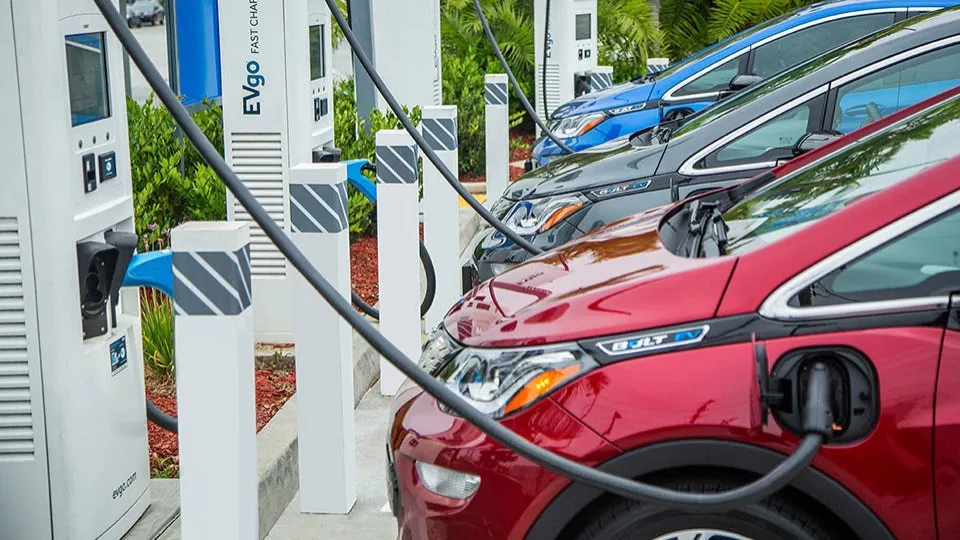
FAQs
Can All Electric Cars Use Any Charger?
The standard 120 volt(V) home outlet (Level 1), the dryer’s 208-240 volt(V) outlet (Level 2), or specialized 480V+ public fast chargers (DC Fast Charging) are all options for charging an electric vehicle. The size of the battery and your drive affect how long it takes to charge using each of these three methods.
Do All Tesla’s Use the Same Charger?
Unlike most other EVs which use a J1772 charger, all Teslas (Model 3, Model S, Model X, and Model Y) have the same Tesla-specific charging port. The only thing you’ll need is an adapter to continue charging your Tesla while on the go using universal EV chargers.
Can a Tesla Charge at Any EV Station?
Teslas can be charged at any of the 40,000+ electric vehicle charging locations nationwide, including Tesla, Hertz, independent contractors, and open spaces. You can also connect to a standard 120V household outlet using the Mobile Connector kit.
Are Electric Car Chargers Free?
The cost of charging an electric car at work can vary between organisations with some choosing to provide free charging while others set a paid tariff. Some employers offer free charging as a staff incentive. To encourage sharing of charging stations, some people choose a time-based fee.
Summary: Do All Electric Vehicle Chargers Fit All Cars?
As the revolution in electric vehicles gains momentum, it’s critical to keep in mind that the technology for charging these vehicles is constantly developing. In light of this, it is likely that in a few short years, some of the growing pains consumers are currently experiencing will be resolved, including the lack of a standardized charging mechanism and the length of time needed to fully charge an EV battery. The return on your investment in an electric vehicle is likely to only increase in the very near future.
If you have any questions, please leave a comment. KV Auto tries to give you the best car industry information. Thank you for reading.
You may want to know:

